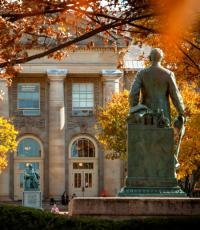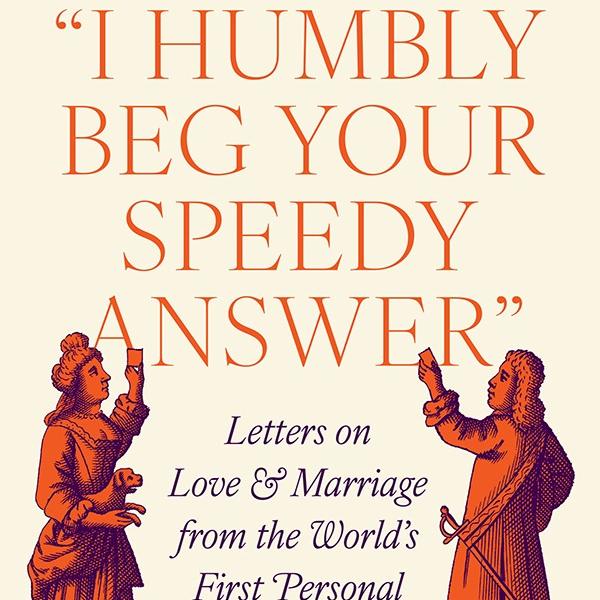
 Department Homepage
The College of Arts & Sciences
Department Homepage
The College of Arts & Sciences
‘Artful History’ makes a case for good academic writing
Aaron Sachs, professor of history in the College of Arts and Sciences, nearly dropped out of graduate school because he found the assigned reading lifeless.


